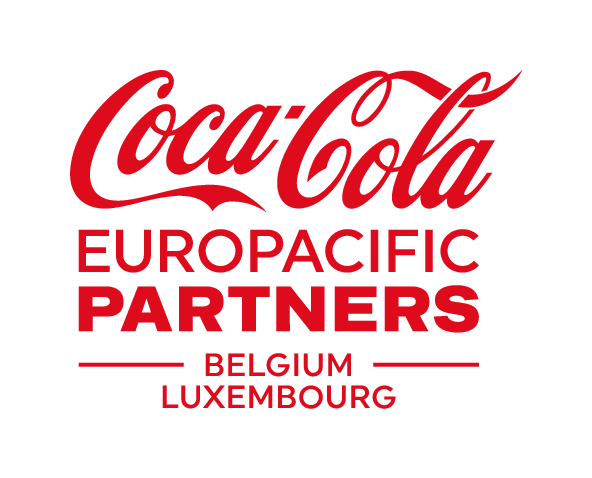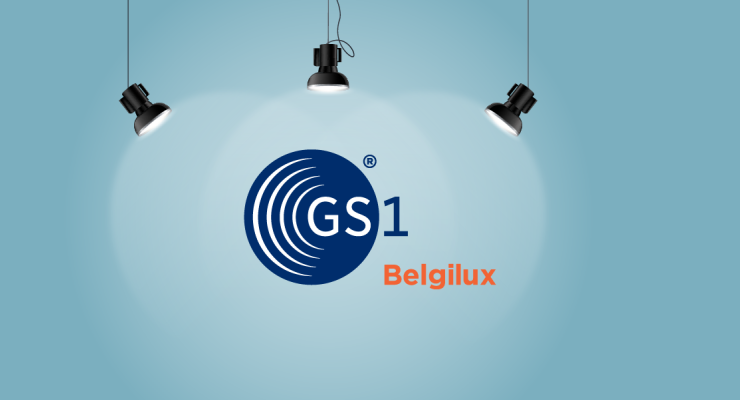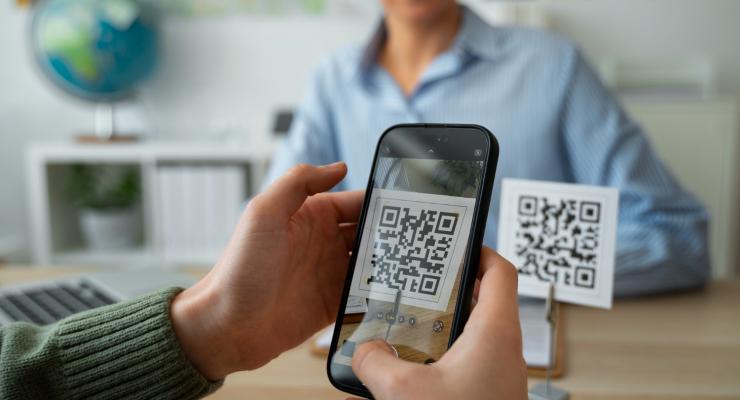
In Belgium Coca-Cola Europacific Partners bets on two horses for their electronic invoicing
Since March 2019 Coca-Cola Europacific Partners (CCEP) Belgium has worked with Peppol to deliver their e-invoicing as requested by the Flemish Authorities. The importance of Peppol's role in the invoicing process has since increased. CCEP is betting on two horses using traditional EDI (EDIFACT/EANCOM based) for their larger clients in addition to Peppol. “Peppol really complements EDI”, says Erik De Clercq of CCEP in Belgium.
Our prime contact
Erik De Clercq is the Customer Collaboration Manager in CCEP's Customer Service Department. He mainly works on any project related to EDI and GS1 Globa Data Synchronization Network (GDSN). A significant part of the projects concerns e.g., the implementation of EDI orders and anything about managing the Peppol-System. He is also co-chair of the GS1 BNL maintenance group of GS1 Belgilux and the VBO e-invoicing business expert group. Erik has worked on the implementation of GS1 standards for more than 30 years and he is actively involved in GS1.

Ten years ago, CCEP in Belgium was still working only with traditional paper invoices. But then CCEP started a pilot project together with GS1 to implement EDI. Together with larger clients EDI was implemented to exchange electronic, transactional data with e.g., large retailers. About seven years ago, e-mail-invoicing (including PDF) was added. Now we also offer Peppol e-invoicing, and customers can read their invoices on My CCEP, which is CCEP's B2B web portal.

The introduction to Peppol
In March 2019, the Flemish Authorities requested the collaboration with Peppol for electronic invoices. It was not long before hospitals also came on board. Since then, the number of commercial customers using Peppol has grown steadily. Currently, more than 500 invoices a month are sent using Peppol. “Today, invoicing through Peppol only covers two to three percent,” says Erik, “but we can see an upward trend and we certainly want to maintain our high level of growth.”

EDI and Peppol
When it comes to larger retailers, wholesalers, caterers and drinks merchants, CCEP Belgium works with EDI as it is their best solution (until further notice). However, Peppol remains a more suitable solution for smaller companies. Peppol's principle is 'connect once, reach all'. In other words, it means you don't need to set up a new project for each new client to align systems. Peppol requires the system to be set up only once, i.e. when the company joins and any additional clients will connect seamlessly. “If a client were to request the receipt of Peppol invoices today, they will be ready to go tomorrow”, says Erik. “An EDI project would require more time because it needs a specific connection such as AS2 and we always end up having to make some modifications.”
And because Peppol starts from the core elements of an invoice, invoicing for services and performances has been made much easier. CCEP also rents out vending machines for beverages and coolers to businesses and hospitals. These services do not have a GTIN or any alternative unique product I.D., contrary to EDI which requires identifiers.
Peppol has its challenges
Currently, the greatest challenge is a further expansion of the Peppol-network. “At the moment we only send half our invoices electronically. So, there certainly is a margin for growth,” Erik adds. “Hence we contact the client to find out if they are ready for us to start invoicing through Peppol”, says Erik. “We usually do this based on data in the Peppol directory.”
And of course, our clients may have specific requirements. Several clients may wish to receive their invoices by email as well, and others would like a PDF attached to the Peppol-invoice. Some clients use Peppol through their accountants, which means that this kind of invoice is not yet part of the client's distribution process. The electronic flow therefore varies from client to client.
“Undoubtedly we will add additional features in the nearby future,” says Erik. “If we start to invoice through the Hermes-network, some other requirements (such as an email address) need to be added to the electronic notification.”
GS1 Belgilux support
It was thanks to the GS1 Belgilux EDI-workgroups that Erik happened to become involved in Peppol. GS1 also helped to put Peppol in the picture in Belgium. He has always kept a close eye on Peppol's evolution. And GS1 also continued to be very supportive. Erik attended several courses offered by GS1 for further professional development. They are highly recommended. Furthermore, GS1 provided excellent support during the entire implementation procedure of Peppol. Highlighting various cases in the GS1 newsletter will also help and they should certainly inspire. And finally, the website offers much useful information.
Start the process as soon as possible
Erik would advise everyone to start the process as soon as possible: “When B2B electronic sending and receiving of invoices becomes mandatory, it will be difficult to implement it in a controlled way. The learning curve is steeper than you think.” And of course, several invoicing procedures need to be modified. A full obligation will have a huge impact on invoicing. After all, an email is not a fully structured electronic notification. It should also be suitable for integration at the client's end to send automatic acknowledgements of receipt and status updates. Whatever the circumstances, there is still much work to be done: on the one hand to be able to send invoices through Peppol and on the other hand to receive Peppol invoices with an eye to the impending B2B obligation.



